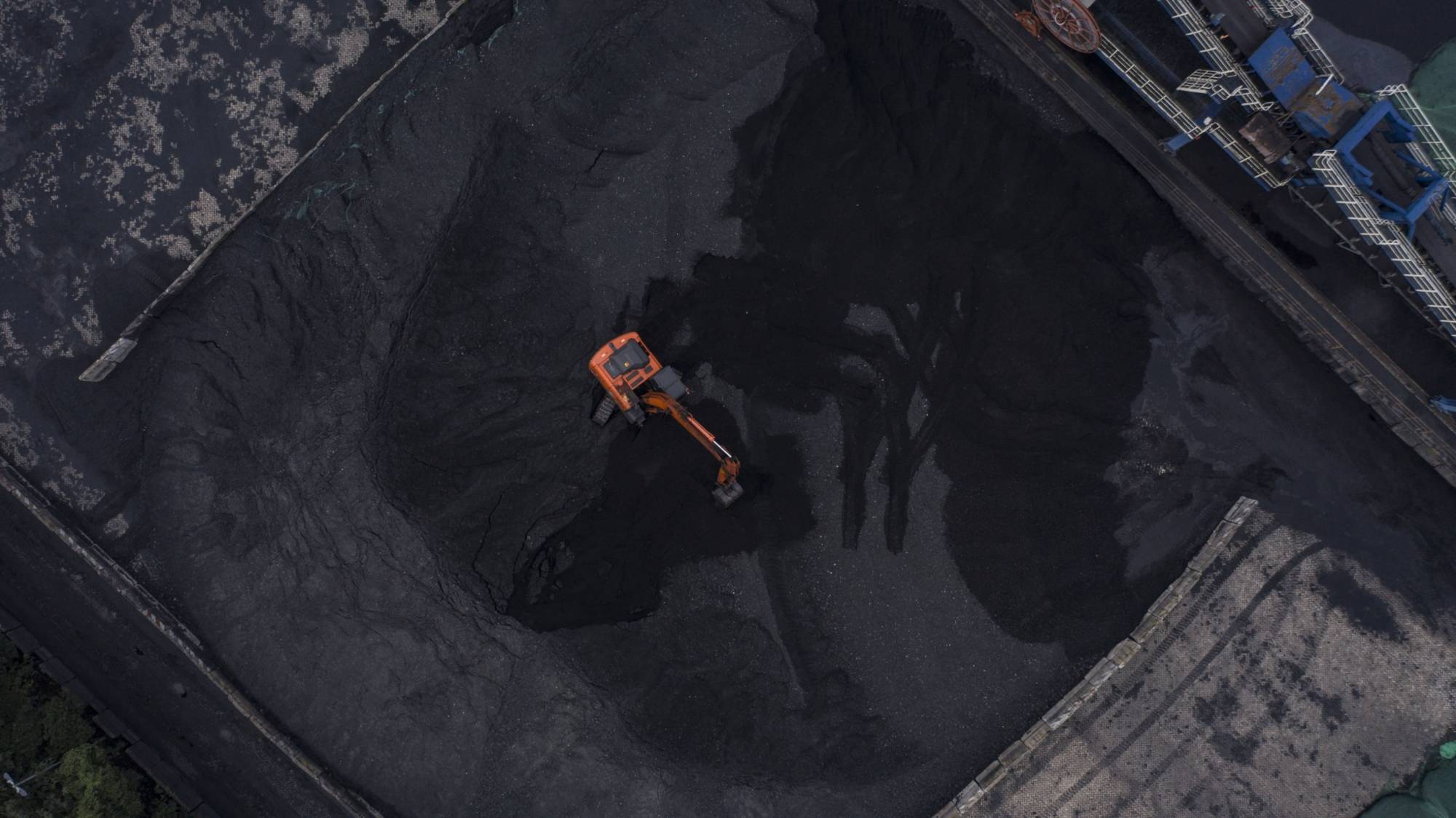China’s increased reliance on coal to combat an energy shortage was never going to bode well for its ambitions to cut planet-warming emissions. Now, thanks to new analysis of satellite data, the effects of that climate choice could already be evident from space.
A plume of methane, which traps over 80 times more heat than carbon dioxide in its first two decades in the atmosphere, was detected by the European Space Agency’s Sentinel-5P satellite near a remote coal mine in Inner Mongolia on March 1. The Sentinel-5P had never before spotted the powerful greenhouse gas in that location, suggesting new or expanded activity.
In bigger or more developed fossil fuel regions — such as China’s Shanxi province or the Appalachian basin in the U.S. — satellite data has laid bare a bleak history of dozens of invisible, sustained leaks that escape from the Earth when sedimentary rocks are crushed or coal seams are exposed. Although Inner Mongolia is a major coal producer, the satellite hadn’t previously picked up methane in the autonomous region's Xilingol League, a sparsely populated area that borders the country of Mongolia.

















With your current subscription plan you can comment on stories. However, before writing your first comment, please create a display name in the Profile section of your subscriber account page.